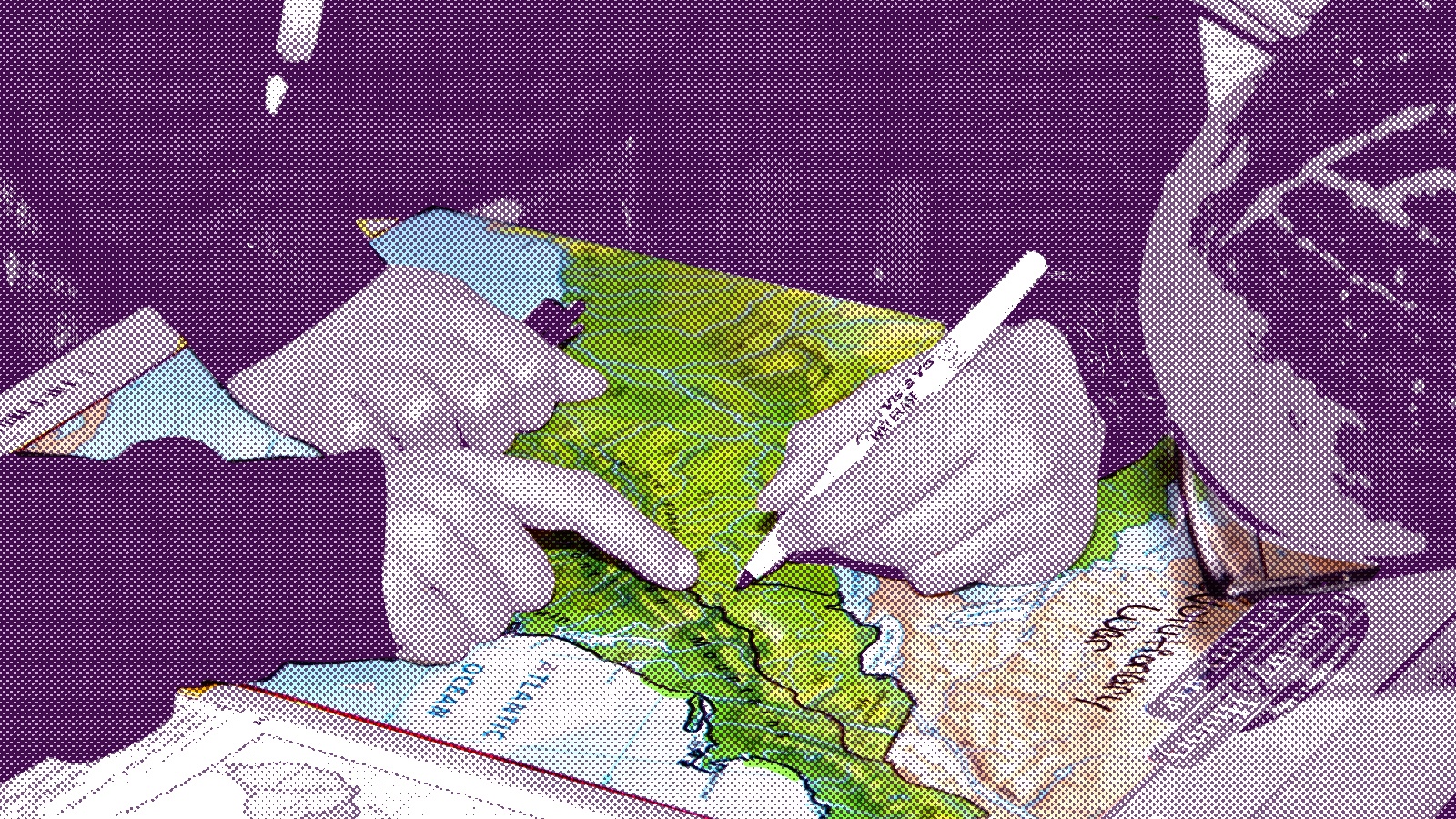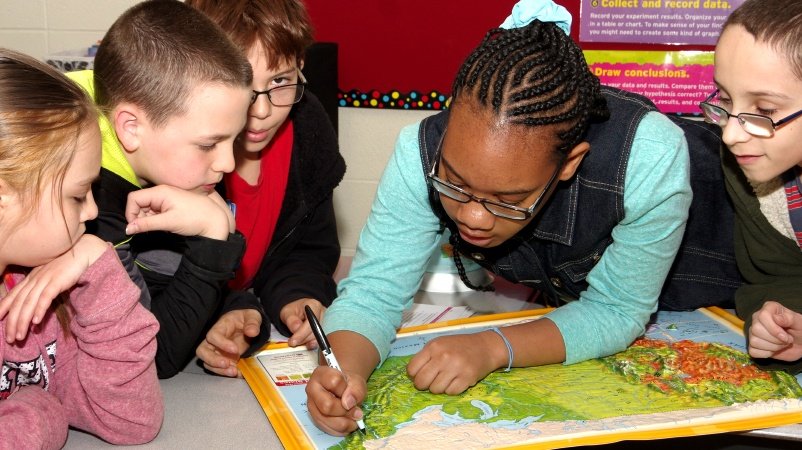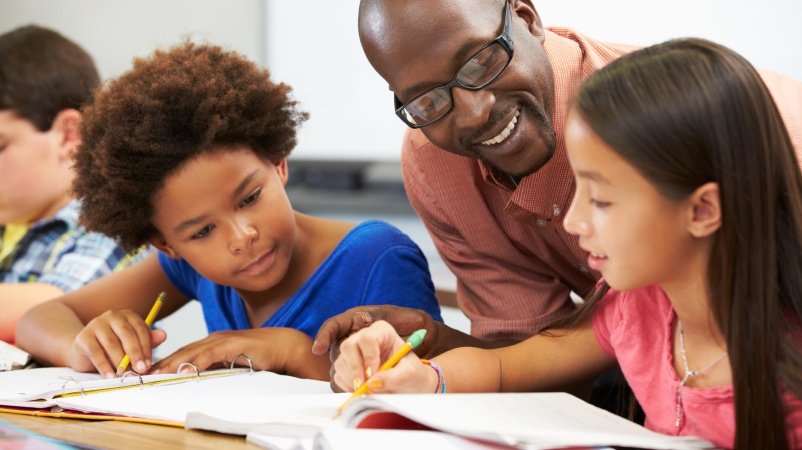
If you’re new to hands-on learning, or have used it for some time, you may be asking yourself, “What do I look for when selecting hands-on learning resources?”
There are a lot of great resources available, but sometimes it’s difficult to know what might work for your students. When facing this challenge it’s a good idea to go back to the basics. Start with the definition of hands-on learning: learning gained by actually doing something rather than learning from books, lectures, etc. (Merriam-Webster). Essentially, you’re looking for resources that place students in an active rather than a passive role in their learning. These resources might also be labeled as activity-based, interactive, or experiential. If you’re more interested in getting started with hands-on learning, check out 7 Considerations for Implementing Hands-On Learning.
1. Look for hands-on resources that ask students to do something.
When looking for hands-on learning materials, check to see if the activities ask kids to do something. Examples of this might be students working at learning stations examining clues to identify vocabulary words, or learning about the shapes, sizes, and location of the countries of Africa by constructing jig-saw maps, creating a human timeline, lining up in order of historical occurrences and (after research) explaining the details of the events and their importance, drawing or painting pictures of past or current events that re-create situations, examine emotions, or express opinions.
Subscribe to the blog to get more articles like this sent to your inbox each week!
2. Learning materials should use all five senses.
Students learn through their five senses and effective hands-on activities stimulate students’ brains through the senses. In addition to listening, students use observation, tactile feeling, kinesthetic movement, and even smell and taste in their learning. Activities that engage these senses can also be integrated into lessons.
Students demonstrating a procedure to a class, or conducting an experiment and explaining its results are more familiar examples of hands-on learning involving listening and speaking, but so are handling unknown historical artifacts and speculating on their origin and purpose, role-playing literary characters, and portraying important events, or cooking and eating ethnic food to learn about agricultural products and better understand cultural characteristics. These short activities are simple strategies teachers can easily integrate into their teaching instruction.

3. Find activities that connect newly learned information to past learning experiences.
Whether it’s demonstrating a procedure, reenacting an event, or presenting a concept through some form of art (visual, performance, or music), hands-on learning materials should quickly engage students’ attention, provide an opportunity to integrate past learning, and motivate them to engage further and explore uncharted learning territory.
4. Make sure the activity relates directly to the topic of study.
Engaging in an activity that has no relationship to what’s being learned is just “hands-on,” not hands-on learning. The reason why math manipulatives are so effective is because they directly represent what is being learned, whether it’s using money to count numbers, or rulers and measuring cups to understand length and volume.
Hands-on materials should facilitate the learning process and provide information in much the same way the written or spoken word does through reading and lecture, only more effectively because students are more actively engaged. Having students examine photos, paintings, and sculptures and make inferences about the activities and cultural values of historical people allows them to reflect on what the objects mean.
5. Choose resources that align with your district’s scope and sequence.
Hands-on learning materials should provide more than just activity. They should be constructed in such a way that they deliver the information and concepts that are within the lesson’s learning objectives, the district’s scope and sequence, or Common Core State Standards.
6. Learning materials should encourage processes that teach cognitive skills.
Such processes include identifying, categorizing, organizing, and imagining, to conceptualize and communicate the understanding.
7. Content needs to teach higher-level thinking skills.
Hands-on learning materials should also engage students’ higher level thinking skills such as analyzing, reasoning, critical thinking, and problem solving. Having students engage in case studies and debates are commonly used hands-on activities that have students demonstrate higher-level skills. Or, look for activities that have students compose and conduct a public opinion survey, and then analyze and draw conclusions on the results.

8. Materials should provide evaluation, adaptation, and expansion.
In addition to facilitating student learning, you’ll also want materials that provide you with a clear understanding of students’ development. Look for resources with formative and summative assessments built into the program.
9. Resources must give students opportunities to check their work.
Look for activities with assessments that allow students to evaluate their own performance against a set of standards or a rubric. Design a rubric to accompany the assignment, one that verifies the expectations and identifies different, measurable levels of performance.
10. The best materials address different learning styles and ability levels.
Because hands-on activities engage many senses they tend to address many different learning modalities. But make sure the resources are ones that allow for some kind of personalization based on learning style or level.
11. Choose resources that evolve and expand as students become more knowledgeable and proficient in their learning.
This can mean adjusting the activities to contain more rigor or student involvement, introducing more advanced technology tools (audio/visual presentations), or providing experiences outside the classroom such as service learning.
Still not sure? Get feedback on your materials.
Ask an experienced colleague or curriculum director to view your lesson plans/scope and sequence, and observe your classroom. Ask them to suggest some appropriate hands-on learning materials or ideas. Solicit feedback from students: Are directions to the hands-on learning activities clear? Did they enjoy the activity? Did they feel they learned something and can they articulate what it was? What could be changed?
What are your ideas?
Ultimately, what you look for in hands-on learning resources depends on your own teaching style and preference. We’d like to hear from first-year teachers as well as seasoned veterans on their experiences and ideas with hands-on learning activities. What do you look for? Where do you find them? How do you adapt or develop them to meet the ever changing dynamics of your classroom? Comment below with your ideas.
Want to read more about hands-on learning? Read about how to start 7 Considerations for Implementing Hands-On Learning in Your Social Studies.
Resources
- Brain-Based Research and the Need for Hands On Learning
- Improve Learning with Hands-On Classroom Games, Activities
- Hands-on and Concrete Activities
- Bridging the Engagement Gap with Hands-On Teaching
- Promoting Active Learning
Discover a world of hands-on mapping resources with Nystrom World
Try a free 30-day trial today
Greg Timmons has been a social studies teacher for over 30 years, at both middle and high school levels. He is currently a writer and education consultant for PBS, Scholastic, and the History and Biography Channels. Greg has written numerous lessons for Social Studies School Service including Government Activators, and hosts Interact’s website Teacher Center: Your Community for Active Learning Strategies.

